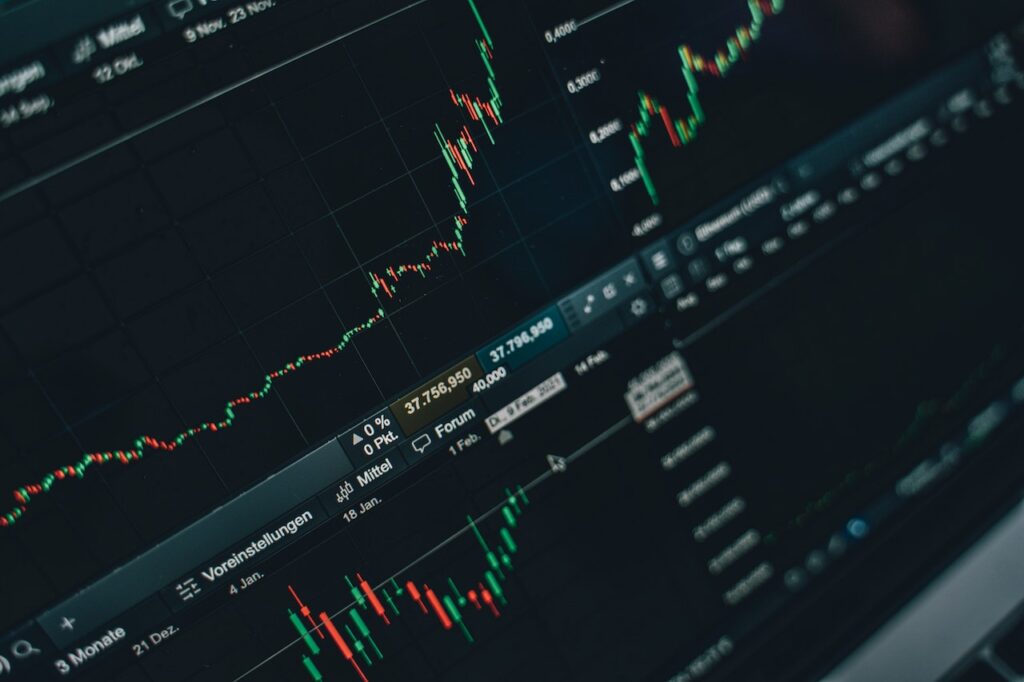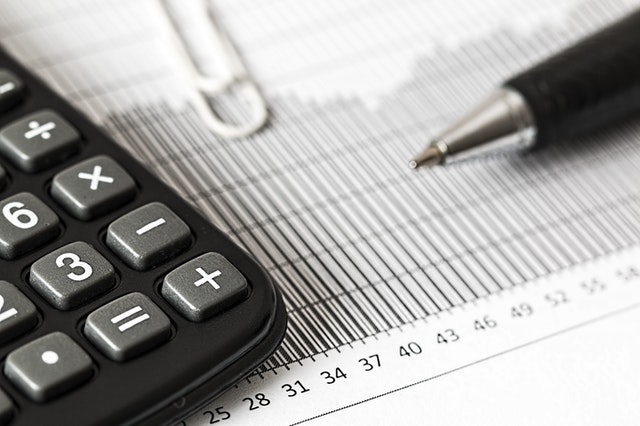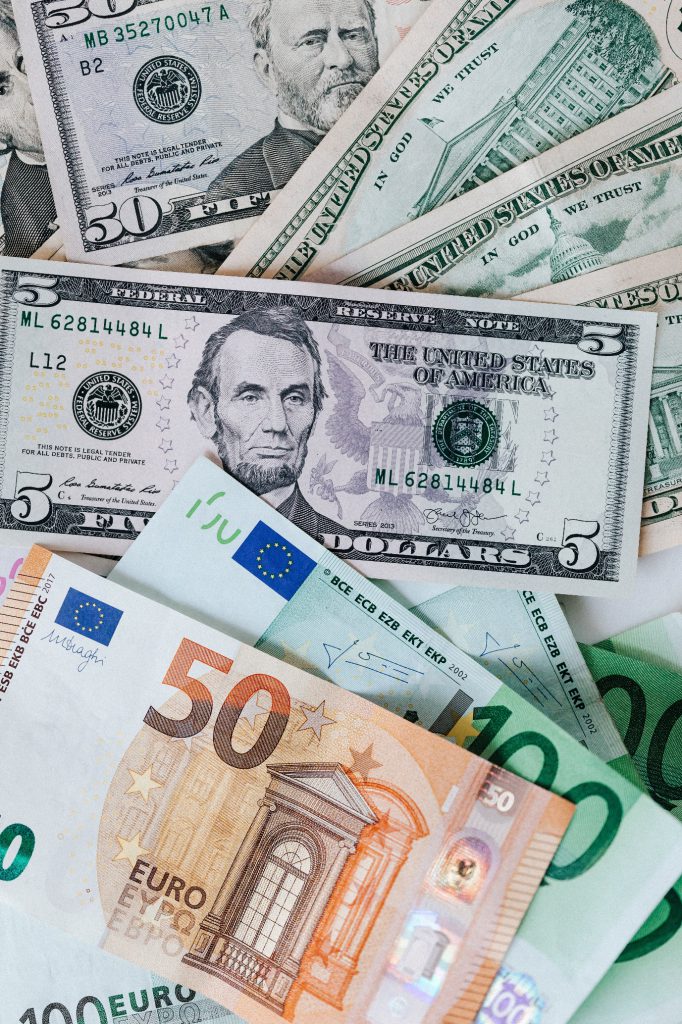1. Introduction to Forex Trading Pairs
Forex trading, also known as foreign exchange trading, involves the buying and selling of currency pairs in the global marketplace. Understanding forex trading pairs is essential for anyone looking to participate in the exciting world of forex trading. In this comprehensive guide, we will delve into the fundamental concepts, terminology, and characteristics of forex trading pairs. We will explore major currency pairs and cross currency pairs, providing insights into their significance and volatility. Furthermore, we will discuss how to interpret currency pair quotes, factors influencing their movements, popular trading strategies to consider, and essential tips for successful forex trading. By the end of this guide, you will have the knowledge and confidence to navigate the forex market and make informed decisions when trading currency pairs.
1. Introduction to Forex Trading Pairs
1.1 What are Forex Trading Pairs?
Let’s start with the basics. Forex trading pairs are essentially the currencies you can trade in the foreign exchange market. Instead of buying and selling one currency at a time, you trade currency pairs, which involve a base currency and a quote currency. Think of it as a duet where the base currency takes center stage and the quote currency plays the supporting role.
1.2 Importance of Understanding Forex Trading Pairs
Understanding forex trading pairs is like knowing the secret code to the currency market. It allows you to decipher the value and fluctuations of different currencies and make informed trading decisions. Whether you’re a seasoned forex trader or a newbie, having a solid grasp of trading pairs is essential for navigating the exciting world of forex trading. So buckle up and get ready for a wild ride!
2. Basic Concepts and Terminology of Forex Trading Pairs
2.1 Base Currency and Quote Currency
In any good partnership, there’s always a star and a supporting character. In forex trading pairs, the base currency takes the spotlight, representing the currency you’re buying or selling. The quote currency, on the other hand, plays the supporting role and determines the value of the base currency. Together, they create the magical duo that makes up a trading pair.
2.2 Bid and Ask Price
Think of the bid and ask prices as the yin and yang of forex trading. The bid price is the price at which the market is willing to buy the base currency, while the ask price is the price at which the market is willing to sell the base currency. The difference between the two is called the spread, which is the sweet spot where brokers make their money. It’s like buying a chocolate bar for a certain price and selling it for a slightly higher price to make a profit.
2.3 Pip and Lot Size
Now let’s talk about pips and lot size. Pips are the little creatures that measure the smallest price movement in a currency pair. They’re like the ants of the forex world, crawling around and showing you how much a currency pair has moved. Lot size, on the other hand, refers to the volume of a trade. It’s like deciding whether you want a small or large pizza – except in forex trading, the size of your trade can affect your potential profits and losses.
3. Major Currency Pairs and Their Characteristics
3.1 Definition and Importance of Major Currency Pairs
Major currency pairs are like the A-listers of the forex world. They’re the most traded and heavily followed pairs, including currencies like the US dollar, euro, and British pound. Understanding major currency pairs is crucial because they often have high liquidity and tighter spreads, making them attractive to traders looking to make a splash in the market.
3.2 Characteristics and Volatility of Major Currency Pairs
Major currency pairs have their own personalities – some are calm and collected, while others are wild and unpredictable. Their volatility, or how much they move in price, can vary depending on economic factors, geopolitical events, and even the mood of traders. It’s like trying to predict the weather – sometimes you’re in for a sunny day, and other times you’ll be caught in a storm. So buckle up and prepare for some thrilling rides if you choose to trade major currency pairs!
3.3 Examples of Major Currency Pairs
You’ve probably heard of these famous pairs before: EUR/USD, GBP/USD, and USD/JPY. These are just a few examples of major currency pairs that dominate the forex market. They’re like the celebrities of the trading world, making headlines and attracting attention from traders worldwide. So keep an eye on these pairs if you want to stay in the loop and ride the wave of the forex industry.
4. Cross Currency Pairs and Their Significance
4.1 Understanding Cross Currency Pairs
Cross currency pairs are like the intercontinental love affairs of the forex market. They don’t involve the US dollar as the base or quote currency. Instead, they consist of two major currencies from different countries, creating an exciting combination. Understanding cross currency pairs adds a splash of diversity to your trading strategy and allows you to tap into opportunities beyond the traditional major pairs.
4.2 Significance and Advantages of Trading Cross Currency Pairs
Trading cross currency pairs can be like exploring uncharted territories. It gives you the chance to diversify your portfolio and take advantage of currency movements that may not be directly influenced by the US dollar. This can be beneficial if you believe in the strength of a particular currency or if you want to expand your trading horizons. So why stick to the classics when you can explore the world of cross currency pairs?
4.3 Examples of Cross Currency Pairs
Some popular cross currency pairs include EUR/GBP, GBP/JPY, and AUD/CAD. These pairs offer a unique twist to forex trading, allowing you to explore the relationships between different currencies and potentially discover hidden opportunities. So if you’re up for a thrilling ride with a touch of adventure, cross currency pairs might just be your cup of tea.
Now that you’ve mastered the ultimate guide to understanding forex trading pairs, you’re ready to embark on your own trading journey. Just remember to stay informed, adapt to market conditions, and always trade responsibly. Happy trading!Sensible Trading Plan
5. Understanding Currency Pair Quotes and Exchange Rates
5.1 Reading and Interpreting Currency Pair Quotes
Currency pair quotes can look like total gibberish if you’re new to forex trading. EUR/USD, GBP/JPY, AUD/CAD – it’s like deciphering secret codes. But fear not, my fellow trader. It’s actually quite simple.
In a currency pair, the first currency listed is the base currency, and the second currency is the quote currency. The exchange rate tells you how much of the quote currency you need to buy one unit of the base currency. So, if the exchange rate for EUR/USD is 1.15, it means you need 1.15 US dollars to buy one euro.
Now, don’t get confused with the bid and ask prices. The bid price is the highest price buyers are willing to pay, while the ask price is the lowest price sellers are willing to sell. The difference between the two is called the spread, and it’s the transaction cost for trading.
5.2 Bid-Ask Spread and Calculating Exchange Rates
Calculating exchange rates can make your head spin faster than a rollercoaster ride. But with a little bit of math magic, it’s a piece of cake.
Let’s say the bid price for GBP/USD is 1.35, and the ask price is 1.36. The spread is 0.01. To calculate the exchange rate, simply subtract the spread from the ask price. In this case, the exchange rate would be 1.36 – 0.01 = 1.35.
But wait, there’s more! Forex brokers often charge a commission or additional fees, so don’t forget to take those into account when calculating exchange rates.
5.3 Factors Affecting Currency Pair Quotes and Exchange Rates
Currency pair quotes and exchange rates are not set in stone. They can swing like a pendulum on a windy day, thanks to a variety of factors.
Economic indicators like GDP, inflation, and employment data can have a big impact on currency pair quotes. So can political and geopolitical events, such as elections or trade wars. And let’s not forget about good old market sentiment and technical analysis. Sometimes, it’s all about the mood of the traders and those fancy charts.
Understanding these factors and keeping an eye on the news can help you make sense of currency pair quotes and predict potential movements. Just remember, it’s like trying to predict the weather – sometimes you get it right, sometimes you end up with a wet umbrella.
6. Factors Influencing Currency Pair Movements
6.1 Economic Factors
When it comes to currency pair movements, the economy is the captain of the ship. Economic factors like interest rates, employment data, and inflation can have a major impact on exchange rates.
For instance, if a country’s economy is booming, investors may flock to its currency, driving up its value. On the other hand, if the economy is struggling, investors might lose confidence and ditch the currency, causing it to depreciate.
So, keep an eye on those economic indicators and be ready to ride the waves of economic news like a pro surfer. Just don’t forget your sunscreen!
6.2 Political and Geopolitical Factors
When politicians start playing their games, currencies can get caught in the crossfire. Political events like elections, policy decisions, or even a tweet from a world leader can send shockwaves through the forex market.
Geopolitical tensions and conflicts can also rattle the currency boat. If there’s a brewing trade war or a sudden military confrontation, you can bet your bottom dollar that currency pair movements will fluctuate like a rollercoaster on steroids.
To navigate these treacherous waters, stay informed about political and geopolitical happenings around the world. It’s like studying a soap opera, but with money at stake.
6.3 Market Sentiment and Technical Analysis
Sometimes, it’s not all about fundamentals and fancy economic terms. Market sentiment and technical analysis can play a big role in currency pair movements.
Imagine a bunch of traders sitting in front of their screens, anxiously watching charts and forming opinions. If they all start thinking the same thing, like “Wow, the pound looks weak today,” it can create a self-fulfilling prophecy. The more traders jump on the bandwagon, the more the currency will move in the predicted direction.
Technical analysis, on the other hand, involves studying historical price patterns and indicators to predict future movements. It’s like astrology for traders, but with charts instead of crystal balls.
Understanding market sentiment and technical analysis can give you an edge in forex trading. Just remember, it’s not an exact science. The market can be as unpredictable as a toddler on a sugar rush.
7. Popular Forex Trading Strategies for Currency Pairs
7.1 Trend Following Strategies
If you’re a fan of going with the flow, trend following strategies might be your cup of tea. These strategies involve identifying and riding trends in currency pair movements, whether it’s an uptrend or a downtrend.
Think of it like hitching a ride on a train. You hop on when the trend starts, ride it as long as you can, and then gracefully step off when it loses steam. Just remember, trends can change direction faster than a chameleon changes colors, so keep an eye out for signs of a reversal.
7.2 Range Trading Strategies
Range trading strategies are like playing ping pong. You bounce between support and resistance levels, buying low and selling high, without caring about the overall trend.
These strategies work best when currency pairs are stuck in a sideways movement, going back and forth within a defined range. It’s like taking advantage of indecisive markets and making money from its fickleness.
Just be careful not to get sucked into a breakout. Range trading can be a bit dull, but it’s better than getting caught in the rapids.
7.3 Breakout and Reversal Strategies
Breakout and reversal strategies are for those who love the thrill of catching a wave at its peak. These strategies involve identifying key levels of support or resistance and betting on a breakout or a reversal.
It’s like waiting for the perfect moment to make your move. You patiently observe the market, waiting for those juicy breakout or reversal signals, and then pounce like a lion catching its prey.
But be warned, breakouts don’t always follow through, and reversals can turn into fakeouts. It’s a bit like chasing after a mirage in the desert – sometimes you reach an oasis, sometimes you end up with sand in your shoes.
8. Tips for Successful Forex Trading with Currency Pairs
8.1 Risk Management and Position Sizing
Forex trading is like a high-stakes poker game. You’ve got to know when to hold ’em and when to fold ’em. That’s where risk management and position sizing come in.
NeverIn conclusion, understanding forex trading pairs is crucial for anyone looking to engage in the dynamic world of forex trading. By grasping the basic concepts, terminology, and characteristics of currency pairs, you will be better equipped to analyze market trends, make informed trading decisions, and manage risk effectively. Remember to stay updated with economic news, employ suitable trading strategies, and practice disciplined risk management. With dedication, knowledge, and experience, you can embark on a successful journey in forex trading and capitalize on the opportunities presented by currency pairs in the global market.
FAQ
1. What are the major currency pairs in forex trading?
The major currency pairs in forex trading refer to the most traded and widely recognized currency pairs, such as EUR/USD, GBP/USD, USD/JPY, and USD/CHF. These pairs involve currencies of major economies and typically exhibit high liquidity and trading volume.
2. How do I read and interpret currency pair quotes?
Currency pair quotes consist of two prices: the bid price and the ask price. The bid price represents the price at which you can sell the base currency, while the ask price denotes the price at which you can buy the base currency. Understanding these quotes will help you determine the spread, calculate potential profits or losses, and make informed trading decisions.
3. What factors influence currency pair movements?
Currency pair movements are influenced by various factors, including economic indicators, interest rates, geopolitical events, market sentiment, and technical analysis. Economic data releases, central bank decisions, political developments, and global market trends can all contribute to fluctuations in currency pair prices.
4. How can I manage risk when trading forex pairs?
Managing risk is crucial in forex trading. To mitigate risk, you can employ techniques such as setting stop-loss orders, diversifying your portfolio, using proper position sizing, and practicing disciplined trading strategies. It is essential to have a well-defined risk management plan in place to protect your capital and preserve long-term sustainability in the forex market.









Facebook Comments